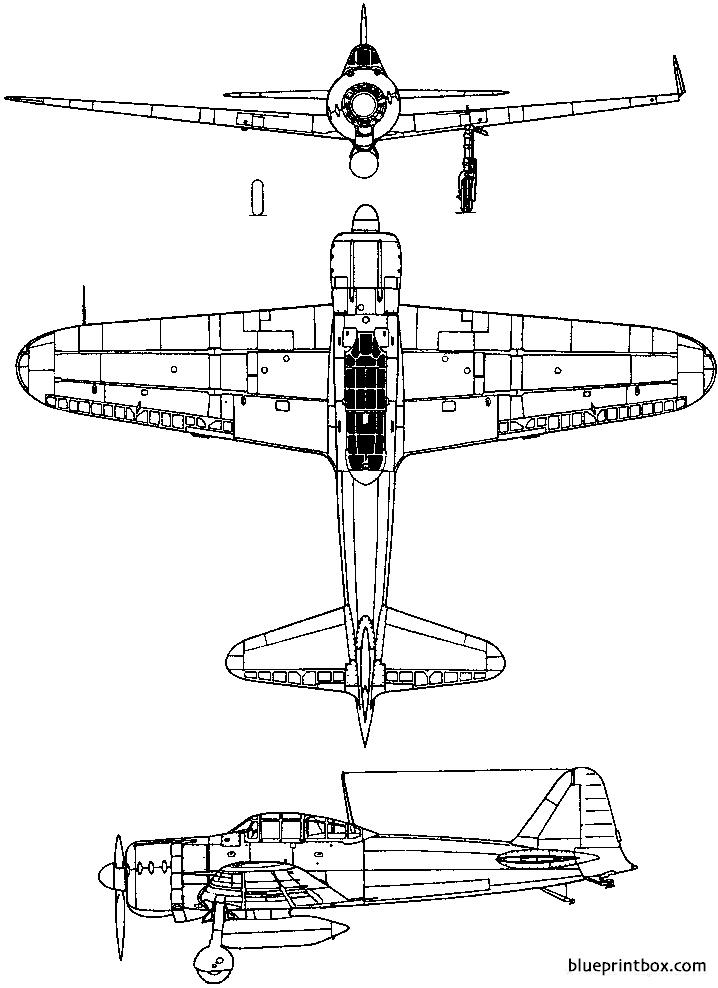
mitsubishi a6m reisen zeke 1939 japan Free Plans
The secret to the Mitsubishi Reisen Type Zero A6M (code name Zeke) series of airplanes was a low power to weight ratio. However, when the design specifications were laid down in the late '30s, there were few engines in Japan that put out much over 1000 hp, so Jiro Horikoshi, the Mitsubishi designer, had to meet the governments goals with.
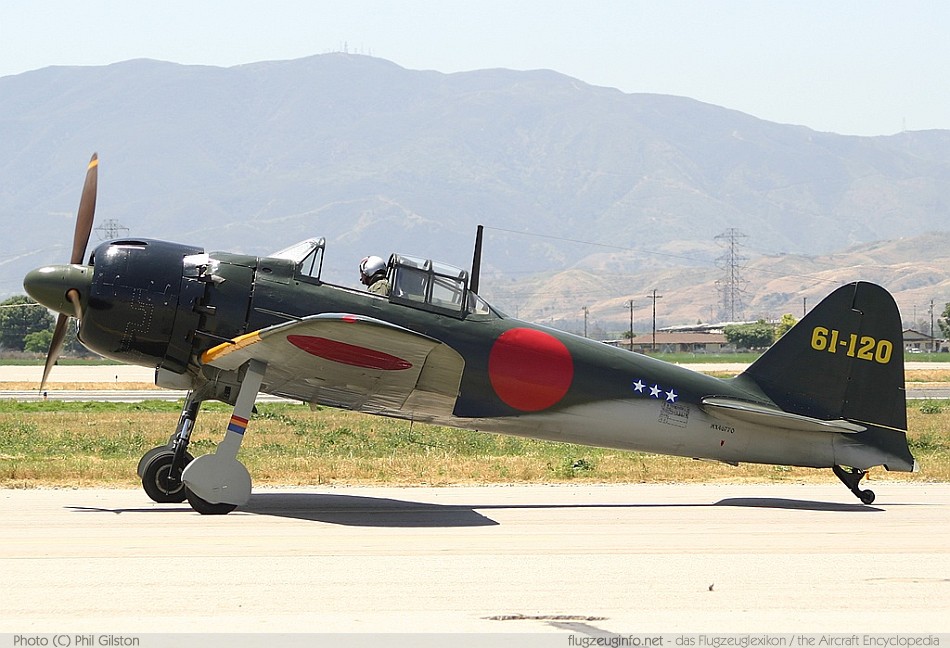
Mitsubishi A6M Reisen (Zero) Specifications Technical Data
Entering service in 1940, the A6M became known as the zero-based on its official designation of Type 0 Carrier Fighter. A quick and nimble aircraft, it was a few inches under 30 feet in length with a wingspan of 39.5 feet and a height of 10 feet. Other than its armaments, it held only one crew member: the pilot, who was the sole operator of the.

Warbirds Wwii fighter planes, Wwii airplane, Fighter aircraft
The Mitsubishi A6M Zero was renowned as an incredibly advanced and lethal Japanese fighter aircraft during World War II. With its top-notch capabilities, it quickly became a symbol of Japan's military power & technological prowess against the Allied forces. The A6M Zero had an excellent reputation for its flight performance, ranging from.
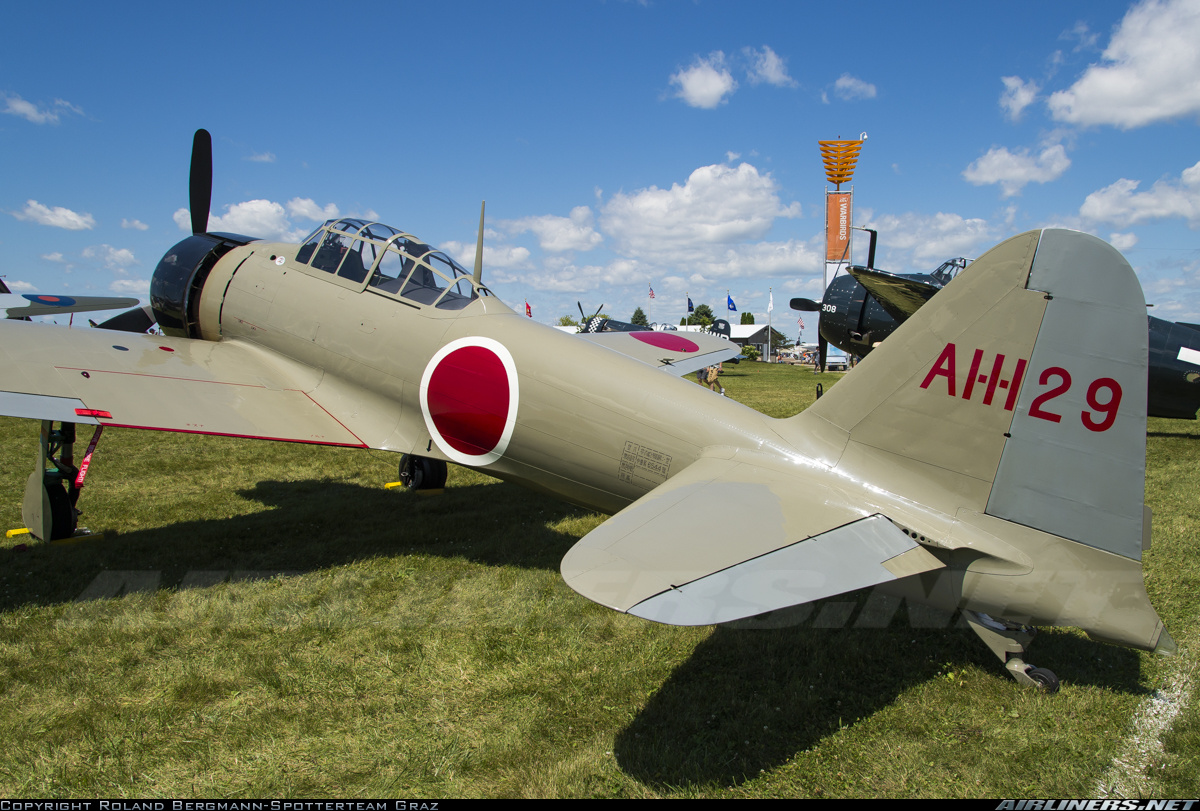
Mitsubishi A6M2 Reisen Replica (Zero) Untitled Aviation Photo
The Mitsubishi A6M Zero was one of the most significant air opponents of the Allies during the War in The Pacific. The A6M was designed for the Japanese Imperial Navy in the 1930s as a long-range fighter that could outperform its enemies and fly long distances to escort Japanese bombers on missions to China.

Mitsubishi A6M Reisen Zero/Zeke a photo on Flickriver
Aircraft carriers Mitsubishi A6M2 "Zero" Model 21 takes off from the aircraft carrier Akagi to attack Pearl Harbor. Akagi - Flagship of Admiral Nagumo equipped with A6M2 used in the attack on Pearl Harbor. This carrier operated from Rabaul (New Guinea) and Midway, where it was sunk by US Navy bombers.
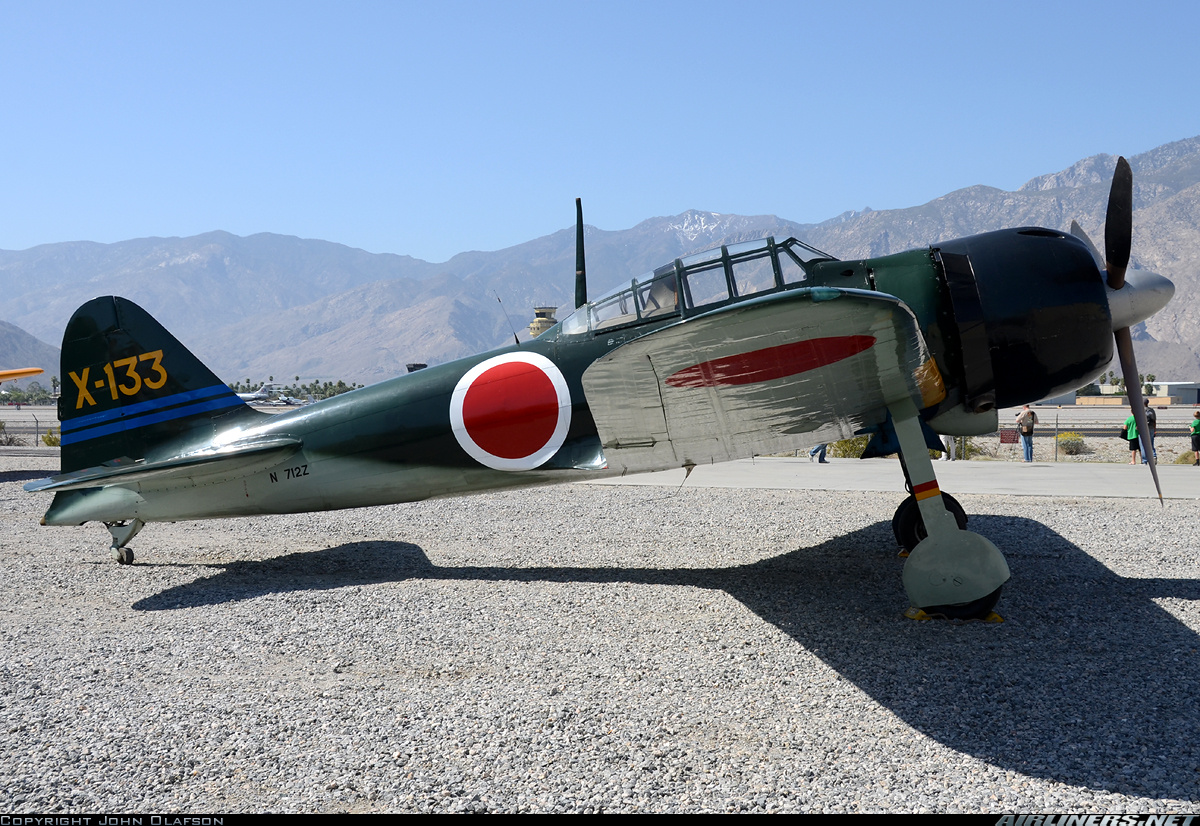
Mitsubishi A6M3 Reisen (Zero) Untitled Aviation Photo 2251785
The Mitsubishi A6M Zero was the most produced Japanese aircraft of World War II. The Mitsubishi A6M Zero-Sen legendary status mirrored the fortunes of the rising sun in which four years, the sun would finally set.

Mitsubishi A6M5 Reisen (Zero) Untitled Aviation Photo 0307419
The A6M was usually referred to by its pilots as the Reisen ( 零戦, zero fighter), "0" being the last digit of the imperial year 2600 (1940) when it entered service with the Imperial Navy. The official Allied reporting name was " Zeke ", although the name "Zero" was used colloquially as well.
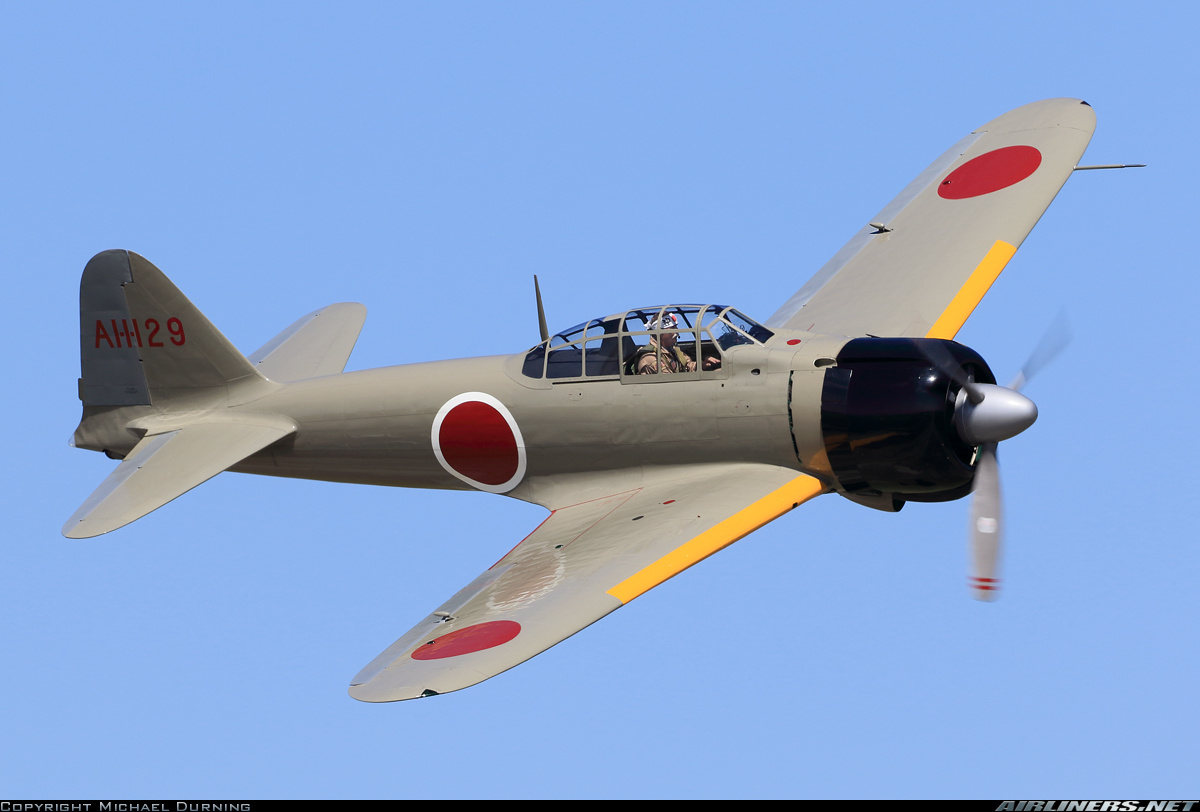
Mitsubishi A6M2 Reisen Replica (Zero) Untitled Aviation Photo
The Mitsubishi A6M "Rei-sen" was the primary naval fighter of the Japanese Empire heading into World War 2. The aircraft was recognized by its pilots as the "Zero-sen" based on the Imperial Year calendar (1940 at the time). The Allies eventually adopted the "Zero" name as the type's nickname while the official Allied codename for the became "Zeke".
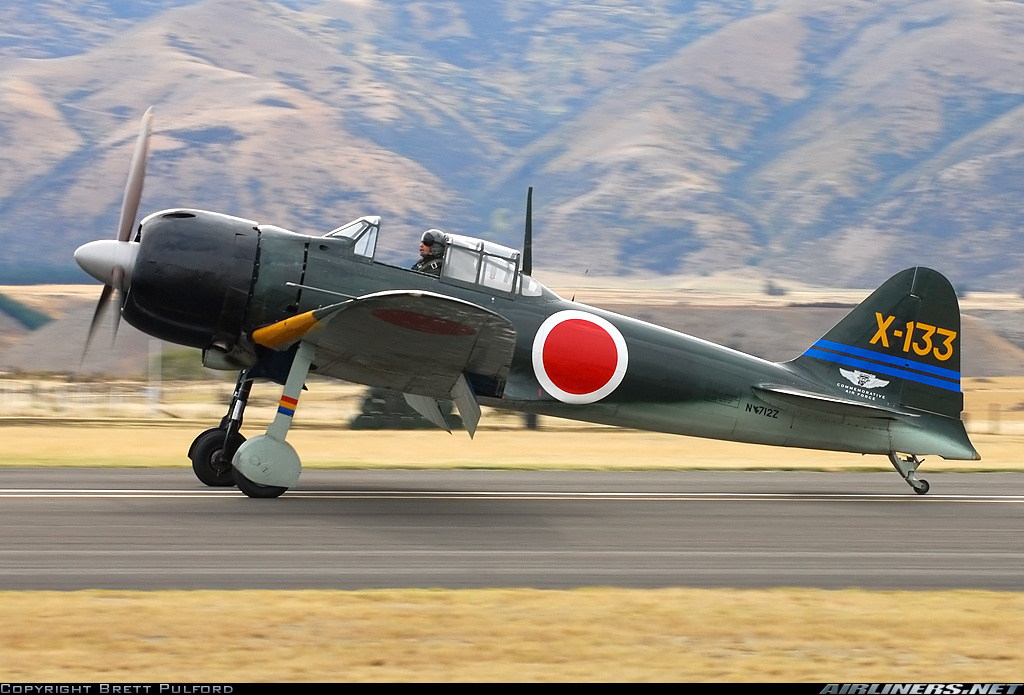
Mitsubishi A6M3 Reisen (Zero) Untitled Aviation Photo 1858894
The Mitsubishi A6M known as the Zero is a single-engine single-seat fighter and fighter bomber aircraft produced by the Japanese manufacturer Mitsubishi Heavy Industries, operated during WWII by the Imperial Japanese Navy. Crew 1 next aircraft [Photo-ID: 5309] © Karsten Palt 2012-01-11 Mitsubishi A6M2 Reisen (Zero) Imperial Japanese Navy
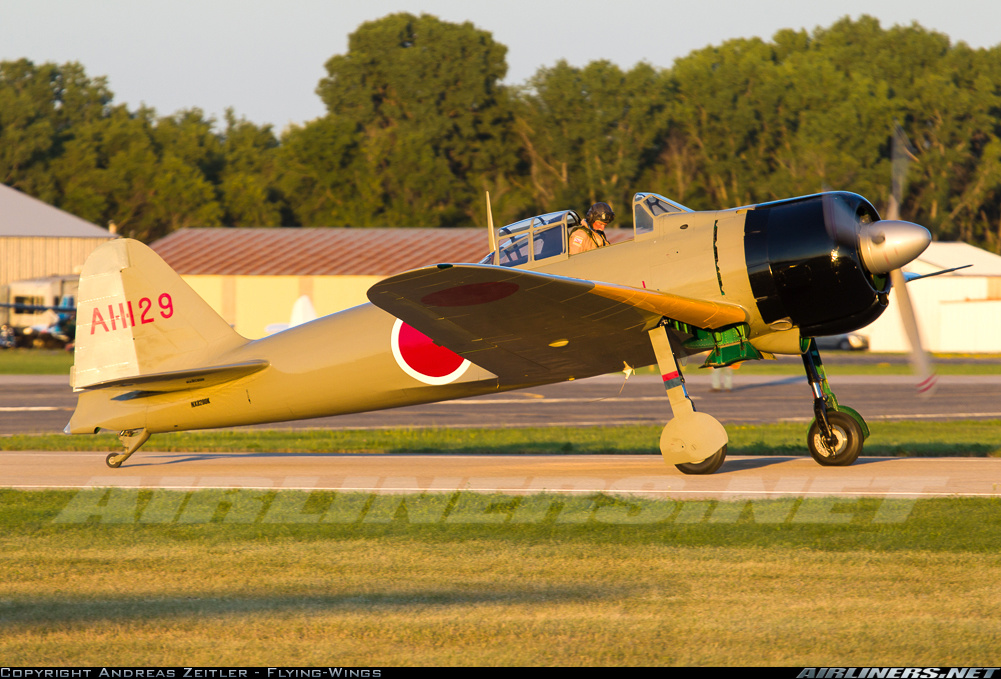
Mitsubishi A6M2 Reisen Replica (Zero) Untitled Aviation Photo
Previous Next DAYTON, Ohio -- Mitsubishi A62M Zero in the World War II Gallery at the National Museum of the United States Air Force. (U.S. Air Force photo) Mitsubishi A6M2 Zero The Allies' main opponent in the Pacific air war, the Zero is the most famous symbol of Japanese air power during World War II.
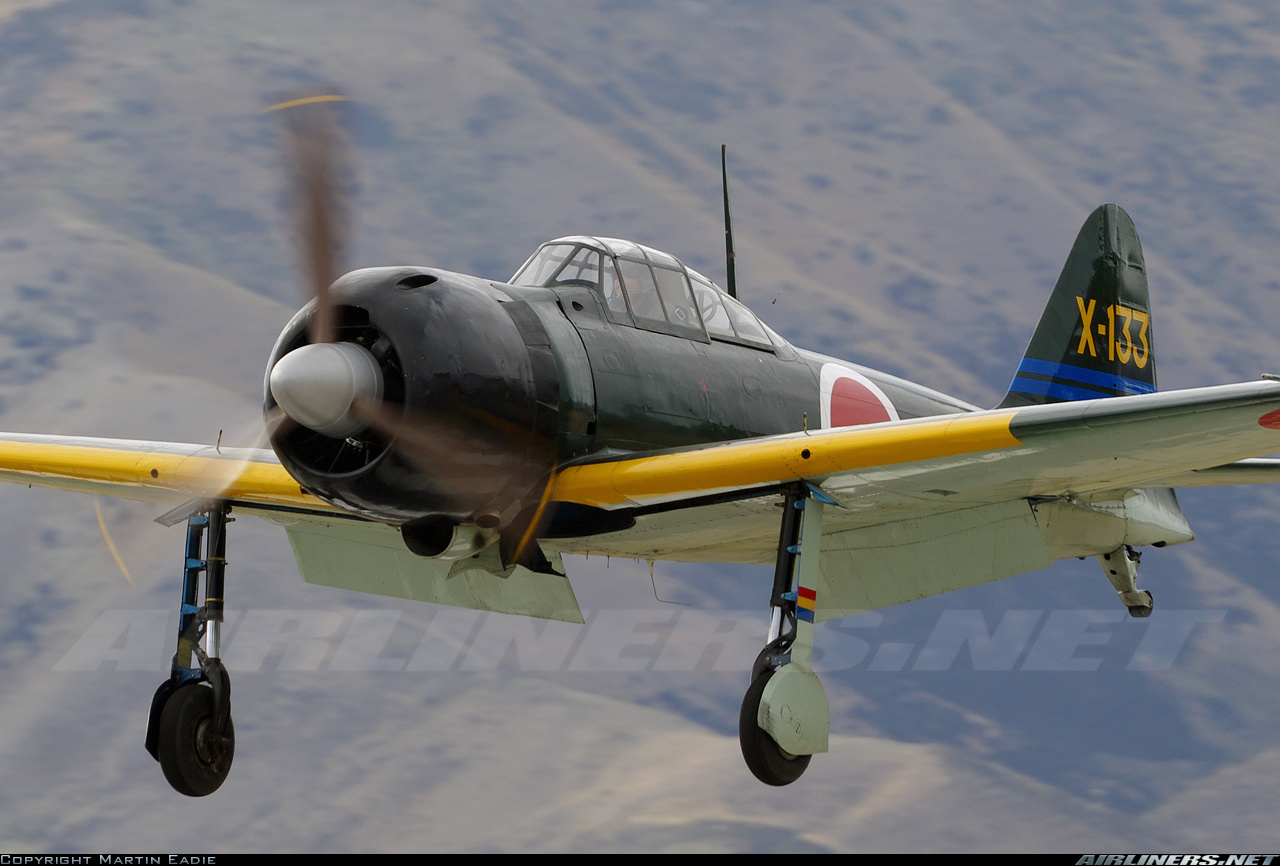
Mitsubishi A6M3 Reisen (Zero) Untitled Aviation Photo 1685392
Description: Single-seat carrier-borne fighter, all-metal construction with fabric-covered control surfaces. Accommodation: Pilot in enclosed cockpit. Powerplant: One Mitsubishi Zuisei 13 fourteen-cylinder air-cooled radial, rated at 780 hp for take-off and 875 hp at 3,600 m, driving a two- or three-blade metal propeller (A6M1).

AVIÕES MILITARES Mitsubishi A6M Reisen (Zero)
Mitsubishi A6M5 Reisen (Zero Fighter) Model 52 ZEKEOriginal Source: National Archives and Records Administration. Few American fighter pilots on their own survived a turning, twisting, close-in dogfight against a capable Japanese pilot flying a Mitsubishi A6M Zero during World War II. Innovative tactics devised by U.S. Navy Commander John S.
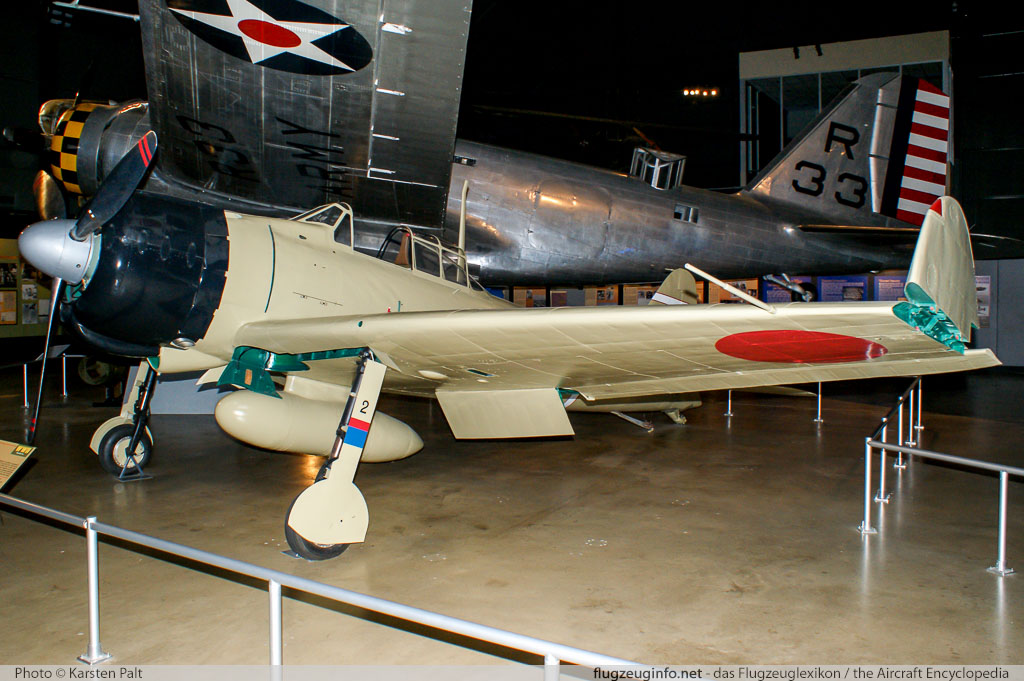
Mitsubishi A6M Reisen (Zero) Specifications Technical Data
No other aircraft surpasses the Mitsubishi A6M Reisen ("ree-sin," Japanese for Zero Fighter) as the symbol of Japanese air power during World War II. Mitsubishi designed the Zero fighter but co-produced the airplane with Nakajima. The two companies built more than 10,000 Zeros between March 1939 and August 1945.
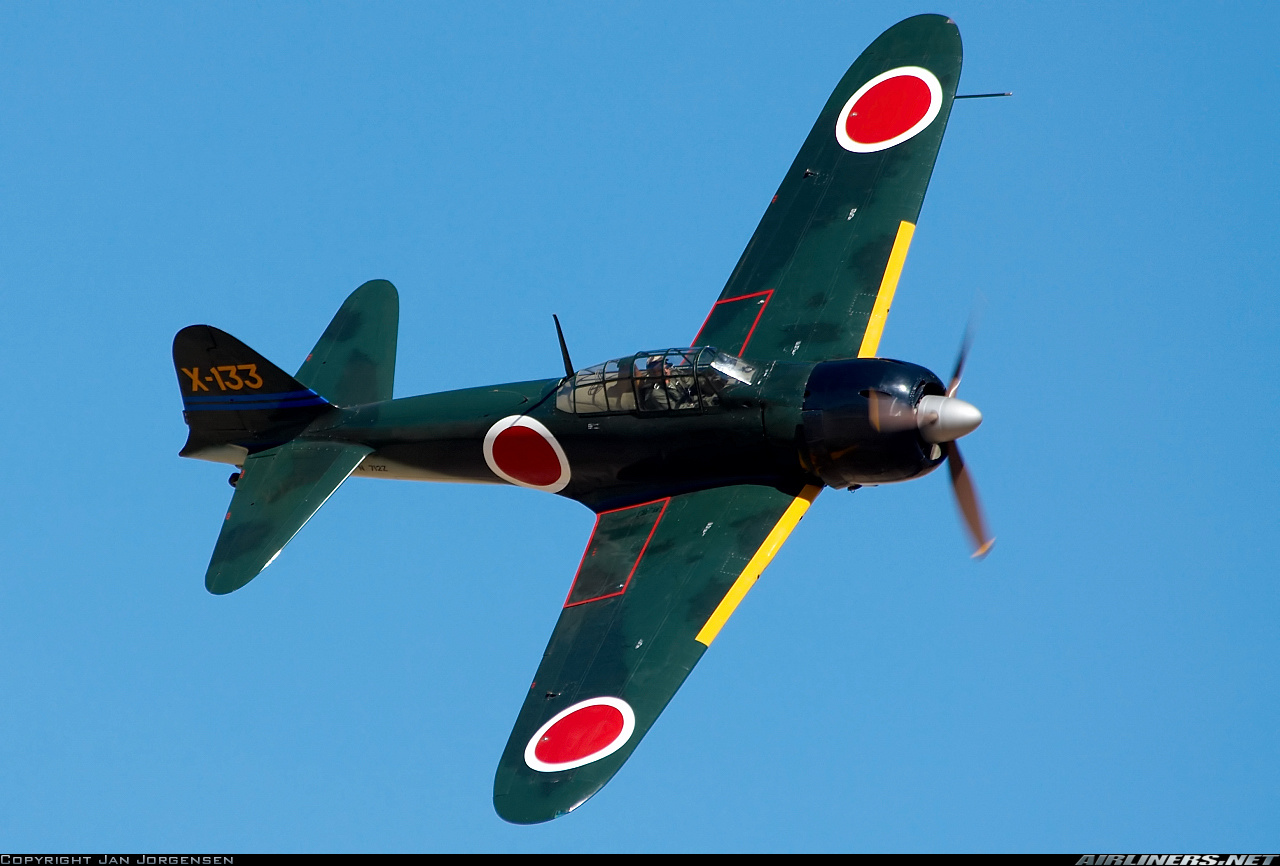
Mitsubishi A6M3 Reisen (Zero) Untitled Aviation Photo 1305284
The Mitsubishi A6M 'Zero' is a long-range fighter aircraft, manufactured by Mitsubishi Heavy Industries, and operated by the Imperial Japanese Navy from 1940 to 1945.. (14 October 2014). MITSUBISHI A6M REISEN / ZERO-SEN (ZEKE) (PDF). Geoff Goodall's Aviation History Site. Geoffrey Goodall. Taylan, Justin. A6M3 Model 22 Zero Manufacture.
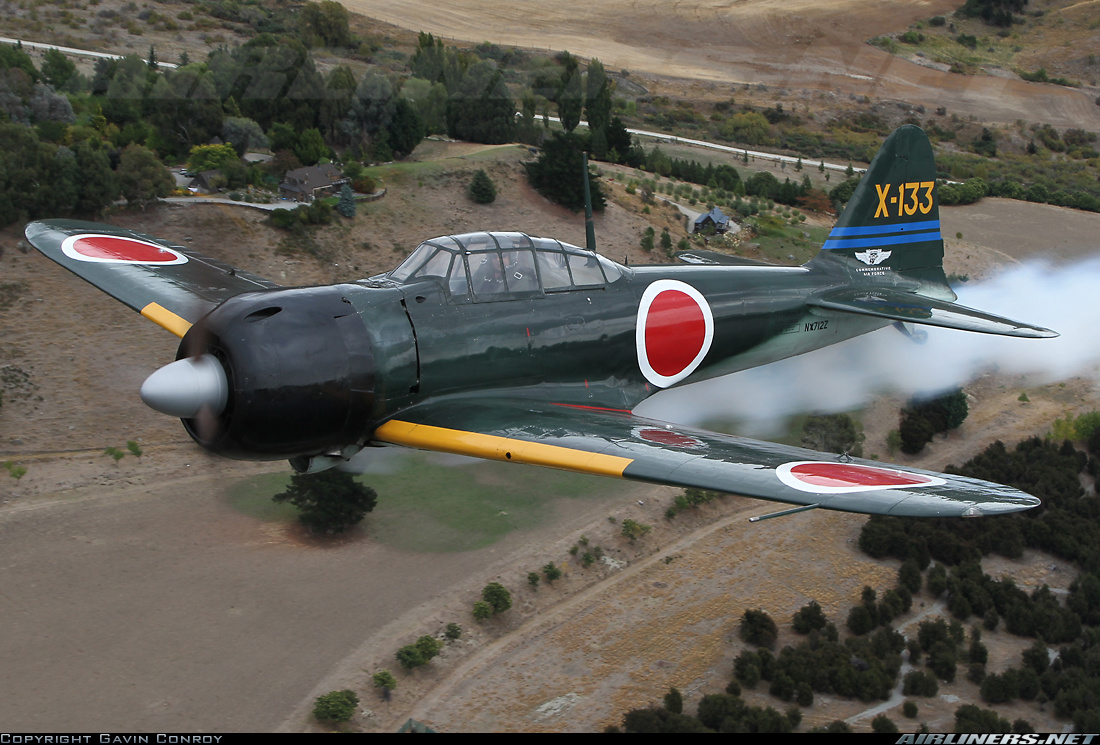
Mitsubishi A6M3 Reisen (Zero) Untitled Aviation Photo 1708066
Mitsubishi A6M Reisen Zero (Zeke, Hamp) was a long-range navy fighter. Original japanese designation: Mitsubishi Navy Type 0 Carrier Fighter (零式艦上戦闘機 rei-shiki-kanjō-sentōki) or Mitsubishi Navy 12-shi carrier fighter. Production: 10939 units.

Mitsubishi A6M3 Reisen (Zero) Untitled Aviation Photo 4707997
Science & Tech Zero Japanese aircraft External Websites Also known as: Mitsubishi A6M, Navy Type 0, Reisen, Reisen Kanjikisen, Zeke Written and fact-checked by The Editors of Encyclopaedia Britannica